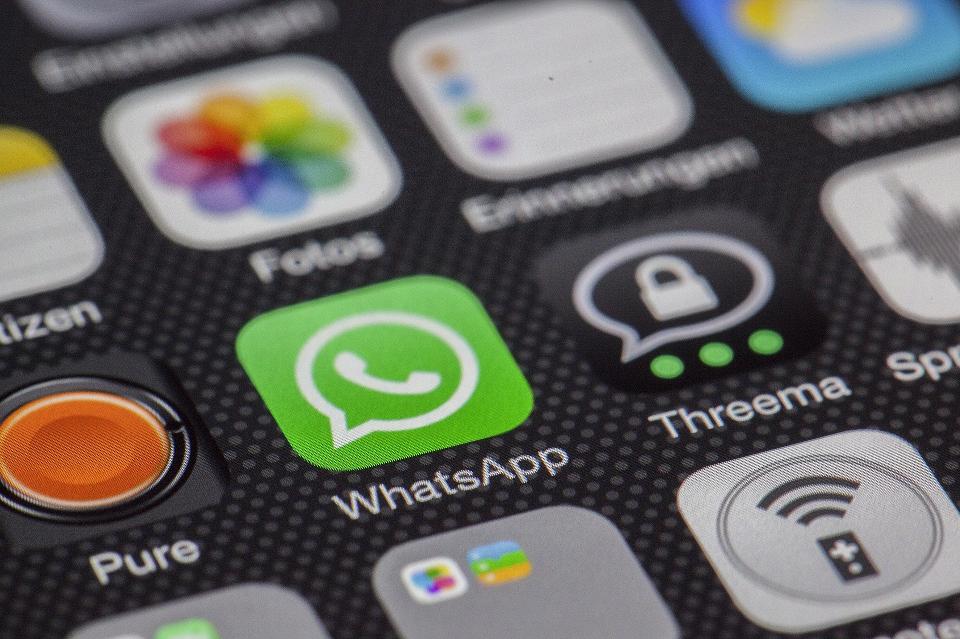

If you’re a digital marketing veteran, you already know about search engine optimization (SEO) and how it can attract more traffic to your site—even if you’re not well versed in the specific tactics necessary to get there. However, most people think of SEO in only one dimension—as it applies to Google web search.
For the most part, it makes sense—Google has long been the dominant search engine in the online world, and continues to hold on to its two-thirds majority of searchers. However, if your main goal isn’t directing people to a website, it won’t be enough to help you.
For example, if your main source of revenue is a mobile app, you’ll want as many people as possible to download it—and while Google does offer some search features that allow mobile apps to show up in search engine results pages, the primary way for your app to be discovered will be through app stores, such as those offered by Apple and Google.
App store SEO is the process of making your app rank higher in search results within these app stores for relevant keyword searches, and making sure your app is considered relevant for the right searches.
As you can imagine, it’s a technical and complicated topic, but this article will introduce you to the basics of app store SEO.

